– Raphael Vogt, lowbeats.de
Translated from German
There are media that cannot be killed. At first you thought the CD would herald the end of the LP. Then came streaming and with it, apparently, the end of the CD. And yet: vinyl is alive and the compact disc is still so many meters on the shelves of seasoned hi-fi fans that it still plays an important role in playback. Ergo, it needs a good player And that’s where the problem begins: There aren’t that many anymore – also because there are only so few good drives left. And this is where NuPrime steps in. The Asian digital specialist has a trio of high-end CD drives in its range. We already tested the small CDT-8 model. But the next larger NuPrime CDT-9 should go a step further. We tested it for a few weeks.
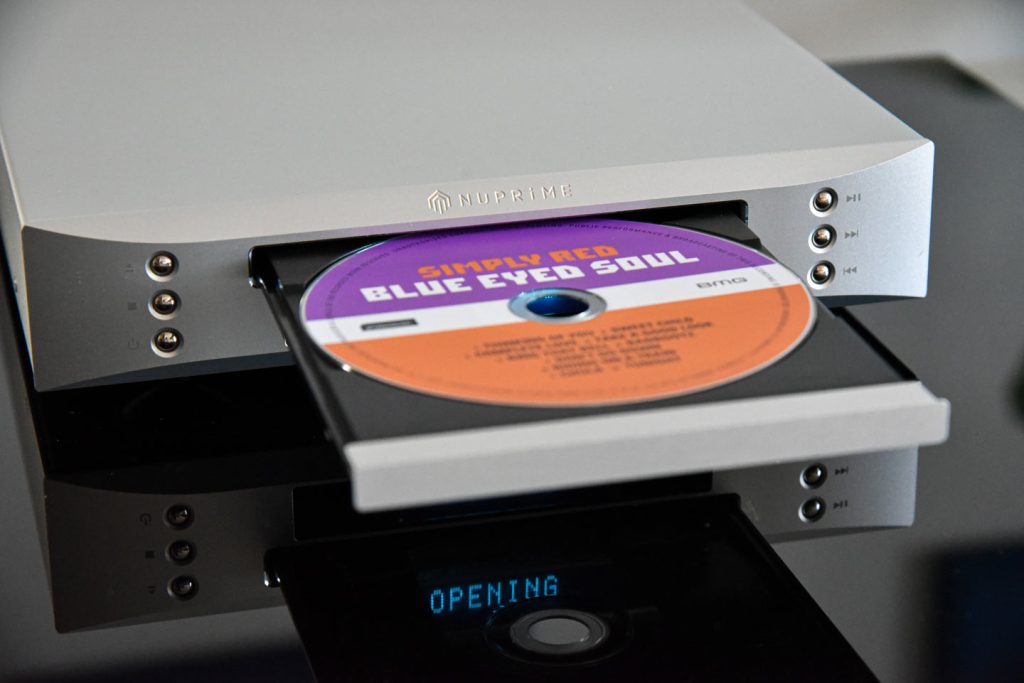
Many still believe that playing a CD is a purely digital matter. But that’s not the case and that’s exactly why a really good drive makes sense. The laser light reflected from the rotating disc is an analog signal that reproduces a modulated carrier wave, the so-called eye pattern. Only then is the digital signal recovered from this. The quality of the sample itself is therefore just as important as the tone arm and the scanner are in the case of an analogue drive; the signal processing up to the interface in the direction of the D/A converter corresponds exactly to a good phono equalization in its task.
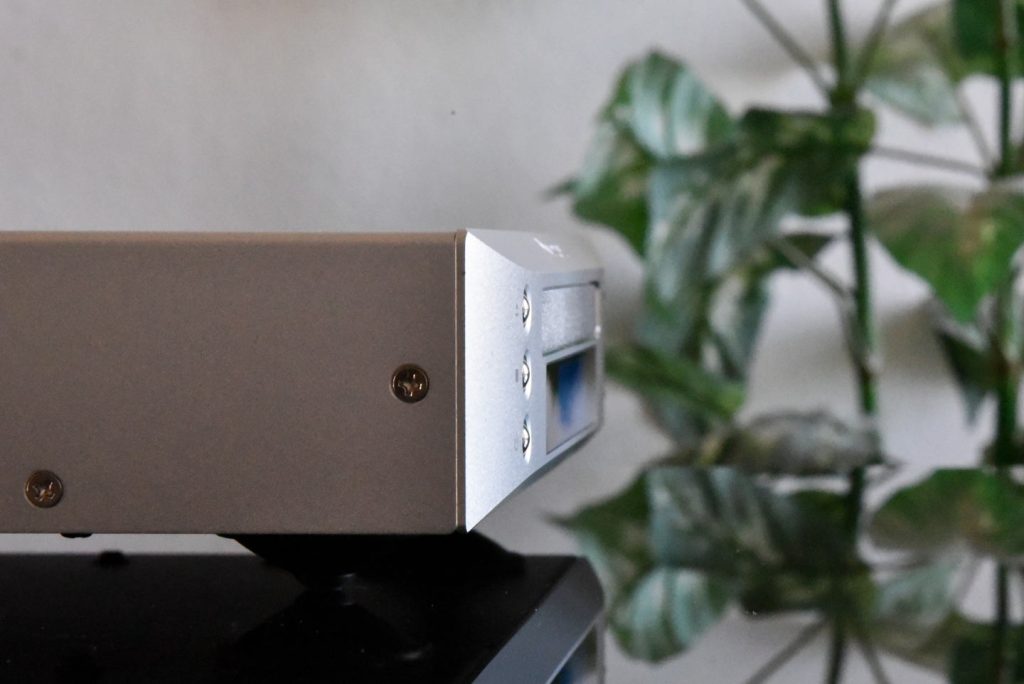
NuPrime seems to have done a lot right with the CDT-9. The purist drive is almost admirably clearly geared towards the CD (CD-DA, CD-R, CD-RW). The drive does not recognize any other media. But it’s probably this concentration that accounts for the audio quality. With the typical horizontal radii and vertical phases, the workmanship appears precise, robust and yet somehow elegant. The large, clear and fairly bright display (dimmable) shows times and track numbers that are easy to read, even from meters away.
Structure and conception of the NuPrime CDT-9
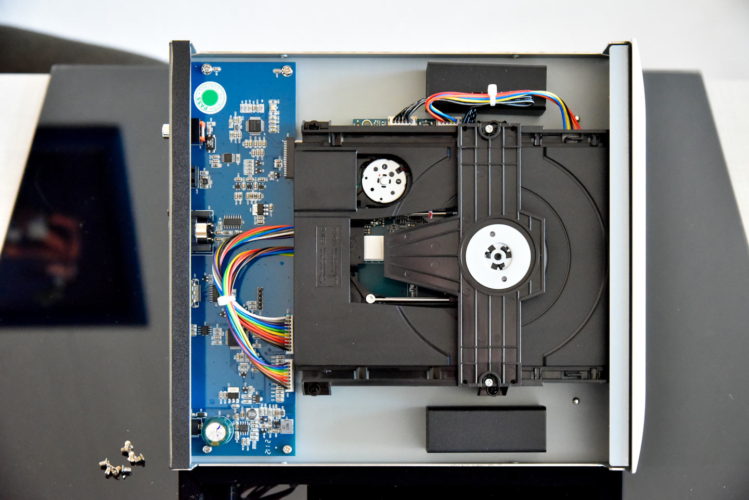

The processing is precise, the screw connections with perfectly flush countersunk fine-thread screws have a valuable effect. If you lift the lid, you can see the drive installed in the middle. It’s rigidly mounted, the two weights on the sides are more for drive mass than show. The whole thing is decoupled by feet made of steel cones with rubber tips. Conceptually, the construction corresponds more to a Technics direct drive than to a Thorens with a sub-chassis. It’s like phono; a philosophy question.
The Philips SAA7824HL is used for precise drive control and digital processing, and a Sony KHM-313 drive takes care of the scanning. The developers have moved the power supply to the outside. And we are by no means talking about a cheap switching power supply. There is a complex switched-mode power supply in there. This is exactly one of the key differences to the already tested NuPrime CDT-8 Pro, which combines everything in one housing. Apart from the desired DC voltage, all electrical and magnetic influences of the power pack are banned from the drive housing with the CDT-9.
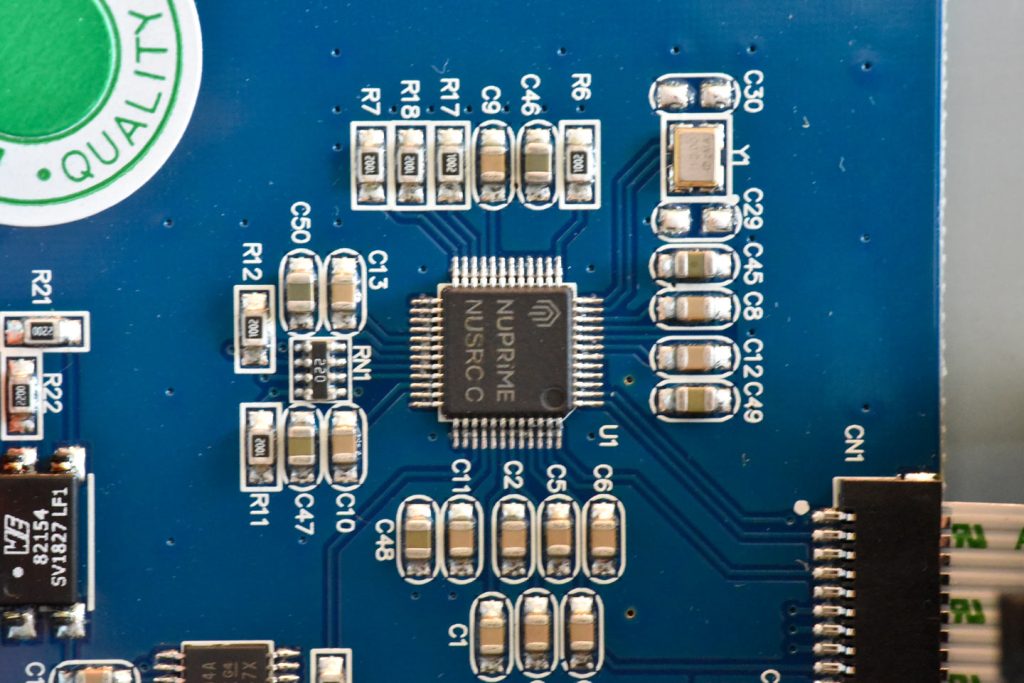
Once the signal is digitally as clean as possible, NuPrime’s own ARM-based processor is used here. With its surrounding circuits, it ensures maximum jitter reduction. And jitter (i.e. primarily inaccuracies on the time base) is the distortion of digital sound: the more jitter there is on the signal, the more sterile and flat it sounds. More information on the subject of jitter with corresponding sound samples can be found here .
The powerful ARM processor is primarily responsible for signal conversion and duplication. It’s called “SRC”, sample rate conversion. In principle, this happens in every modern D/A converter chip, but often with very primitive algorithms. The CDT-9 has a lot of computing power and memory available, which is why conversions based on DSD are also used. This 1-bit format, originally introduced with the SACD, works with extremely high sampling rates and therefore only one bit quantization depth. Put simply, it only tells the converter whether the voltage should go up or down. But in the megahertz range, which results in an analog voltage again.
Either a pure dejittered, super stable signal directly from the CD (16Bit, 44.1kHz) or a multiplied signal with up to 24Bit/192kHz at the optical output and up to 768kHz at the three others come out of the sockets of the NuPrime CDT-9. If the controlled D/A converter understands this, DSD64 can also be output optically in DoP format (DSD over PCM) and up to DSD256 can be output at the electrical outputs.
The audiophile idea behind this finely adjustable conversion: Practically every D/A converter has a sweet spot, a clock frequency for which it is optimized and at which it sounds best. Among other things, because he then does not have to convert himself and uses his best filters or none at all. With a bit of luck, the external DAC will be optimally served with the upsampled signal from the NuPrime.
Incidentally, all outputs of the CDT-9 are galvanically isolated. As an audiophile special feature, there is the HDMI socket, which does not function as such, but provides the I²S interface for the corresponding D/A converter. That can sound great, because the clock signal is transmitted separately.
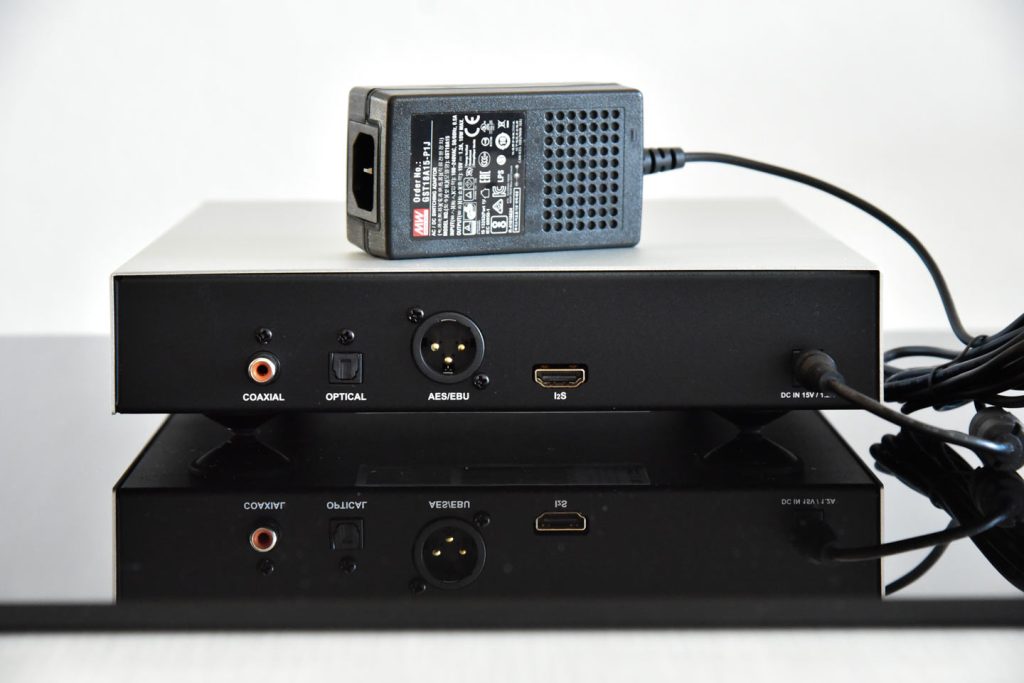
The metal remote control looks valuable just because of its weight and works great thanks to the good pressure points of the chrome buttons. Ergonomically, however, is different. The batteries can only be changed with tools, which I find rather annoying. Speaking of which: I would also have a small criticism of the labeling on the device buttons. Depending on the incidence of light, they are not recognizable, but there are only two times three, the meaning of which is intuitively grasped.
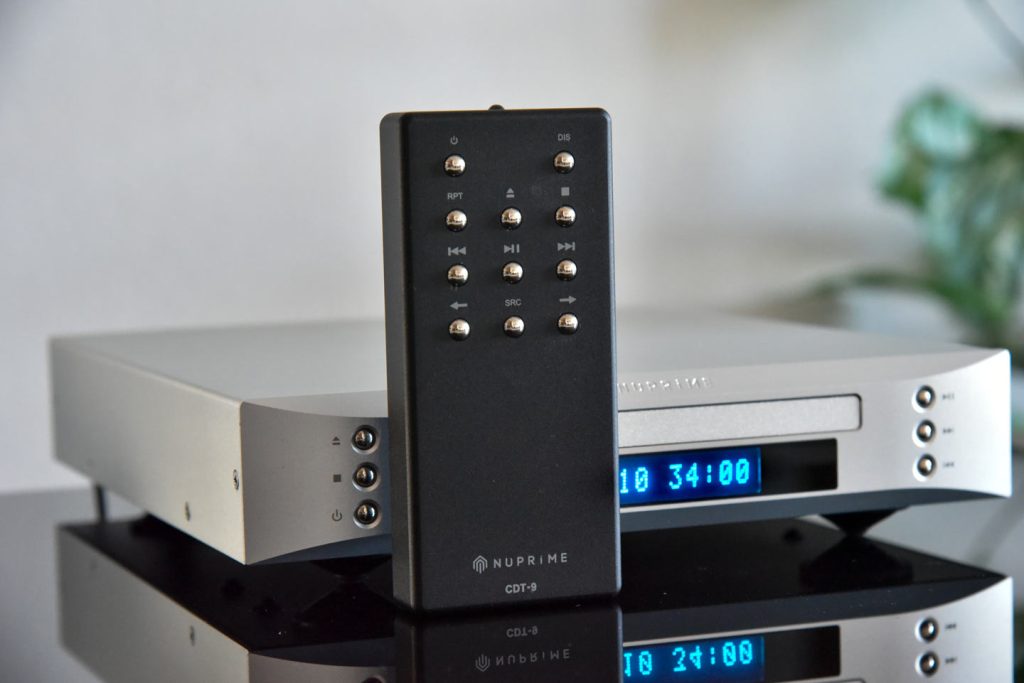
How does the NuPrime CDT-9 sound?
Now, the sound differences from CD drives are not as dramatic as with phono, but still clear and distinct – at least when a product sets itself at the front like the NuPrime. The solid drive actually seems to emit an extremely time-stable, idealized SPDIF and AES/EBU signal. An external player has never played at the level of the ROON signal rendered directly to the master clock in the Trinnov.
But that’s exactly what the small drive manages. In addition, it plays wonderfully consistently, regardless of whether you use Toslink, RCA or XLR. If asynchronously controlled USB audio (in this case fed directly from the Roon Nucleus) offers clear advantages in spatial imaging and musical quality, the Nuprime CDT-9 practically catches up here. It plays just as bodily and is crisply reproduced, finely textured with foot-tapping musicality. Always assuming you play the same music from the same master in the same resolution.
My attempts at sample rate conversion were less successful than my colleague Biermann’s attempts when testing the NuPrime CDT-8. Technically, the two drives are identical at this point, but if a sweet spot could be found, depending on the D/A converter, where the up-converted signal clearly played forward, the unconverted CD format sounded the most vivid and musical in my experiments . The various versions of the SRC sometimes sounded finer, but then flatter or stiffer. It’s just a question of playing partners and it’s a good thing to have this choice or this playing opportunity at all. The same applies to the I²C output. However: Only if the D/A converter fits, you have the advantages.
Conclusion: Hooray for the CD
So far I could only recommend ripping the sound carrier and playing it via Roon for the best CD sound. The NuPrime CDT-9, however, manages to deliver practically the same musicality and resolution as an external player of physical media with an obviously extremely clean signal. Due to the flexibility of the output via Toslink, Cinch, AES/EBU or even directly I²C, practically every digital input can be optimally controlled. Then you should test which output resolution in which format hits the sweet spot of the D/A converter used thanks to a powerful sample rate converter. So: Clean the CDs and then have fun rediscovering the old discs…

Link to the review -->https://www.lowbeats.de/test-nuprime-cdt-9-cd-laufwerk-mit-dsd-upsampler/

